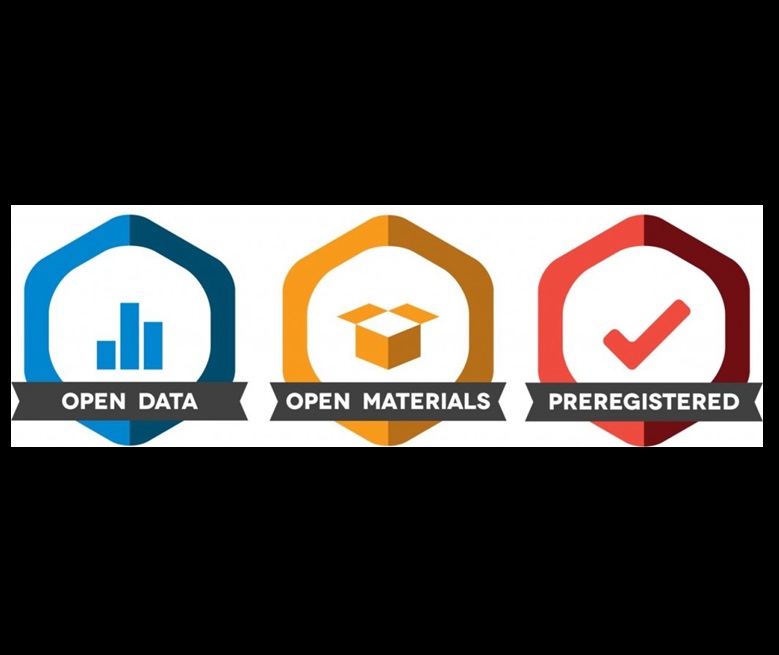A reviewer has asked myself and my co-author to conduct some additional analysis using latent change score modelling for a computational cognitive modelling paper we have submitted. As I have absolutely no idea how to conduct any form of structural equation modelling, I am asking the universe (i.e., you!) for help.
If you can help, please do reach out.
I am conducting all analysis in R, so will be looking to use the (seemingly excellent) lavaan package.
CONTINUE READING
Final Year Psychology students across the UK are busy preparing their experimental work. Many students will be conducting correlation studies. Several of my own students are using correlation methods to explore the relationship between aspects of cognition and severity of certain clinical disorders (for example depression). A typical question I receive from students is “How many participants do I need for my study?”
For my students I have developed a “Power Table for Correlations” to help them answer this question.
CONTINUE READING
Today marks my 10 year anniversary of working at Keele University. On the one hand it feels like a blink of an eye, and yet on the other a lifetime. (Well, as I am 38 years old, a quarter of a lifetime.)
I started my lectureship in Psychology at Keele on the 1st July 2010, 3 weeks before I obtained my PhD. Imposter syndrome was—and still is—alive and well.
CONTINUE READING
In 2015, I published my first ever R package: “trimr: An implementation of common response time trimming methods”. To date, this package has had over 5,600 downloads from CRAN, which is unbelievable!
3 years is a long time for a package, so I thought it was time to update the package, fix some bugs, and implement some additional functionality. To this end, I have spent some time over the past few days working on a new release.
CONTINUE READING
I have spent the past day or so transporting my acedemic website from Wordpress to the current website, which is written using the (superb!) R package ‘blogdown’.
I made the change for a variety of reasons:
I am now able to use R for most things—analysis, simulations, writing papers using papaja and now my website—making my workflow more efficient (and high on the nerd-scale).
I could never really get my wordpress site to look sleek and professional.
CONTINUE READING



